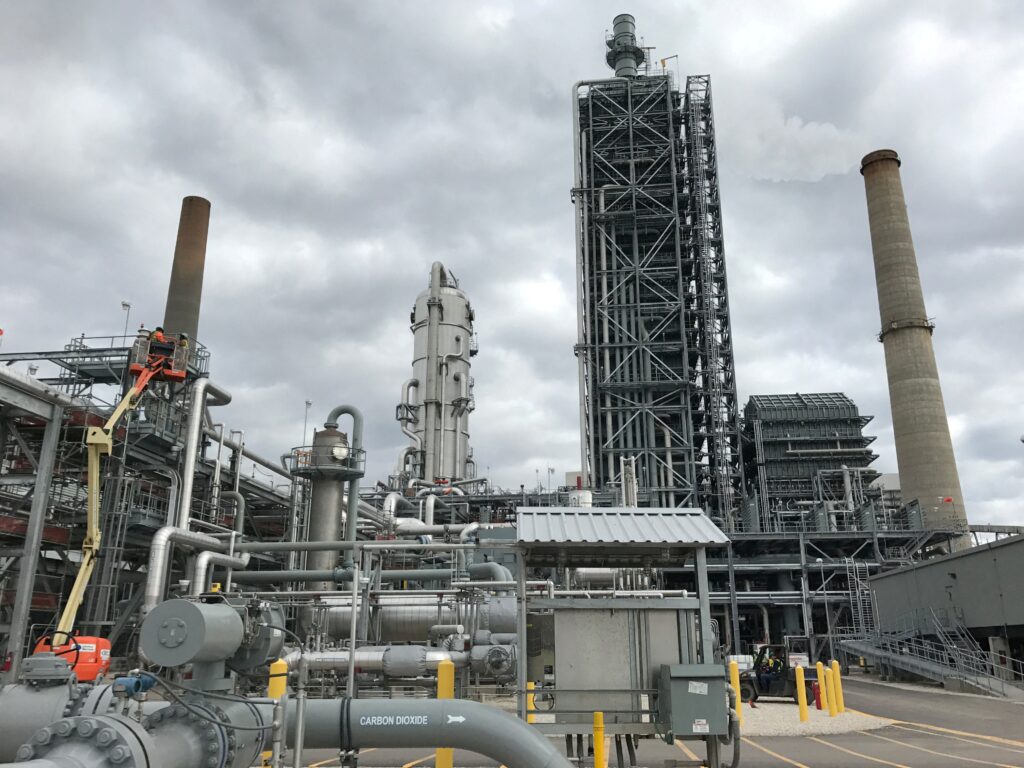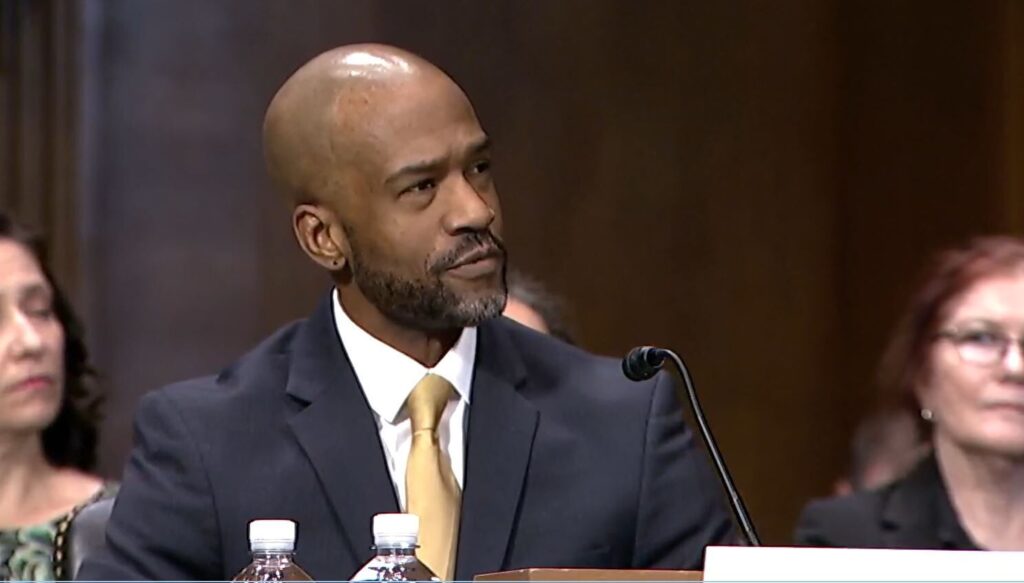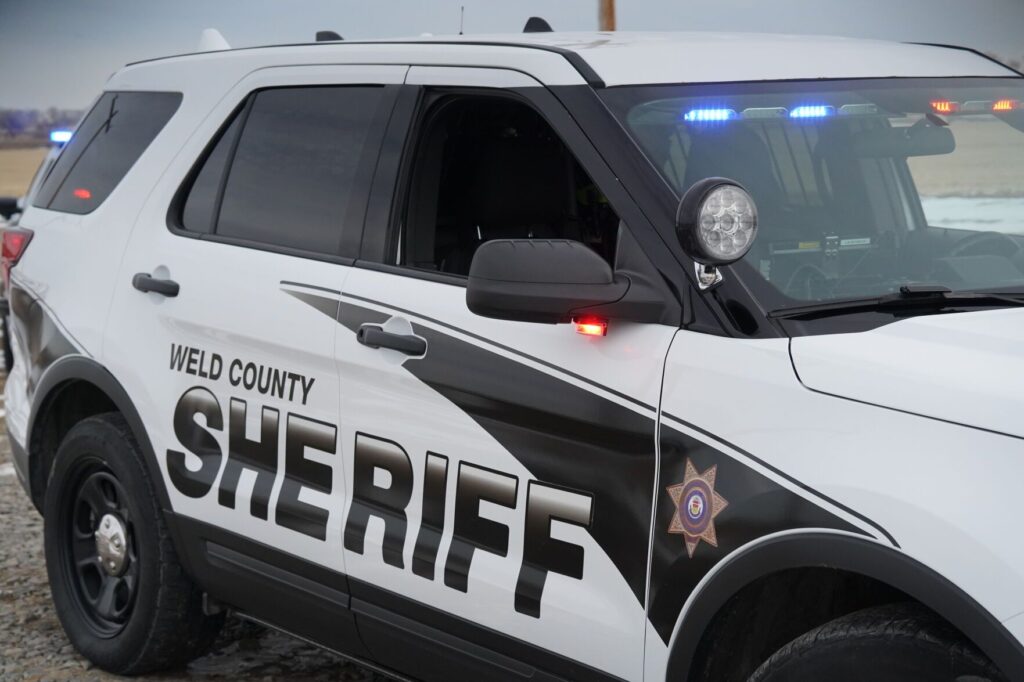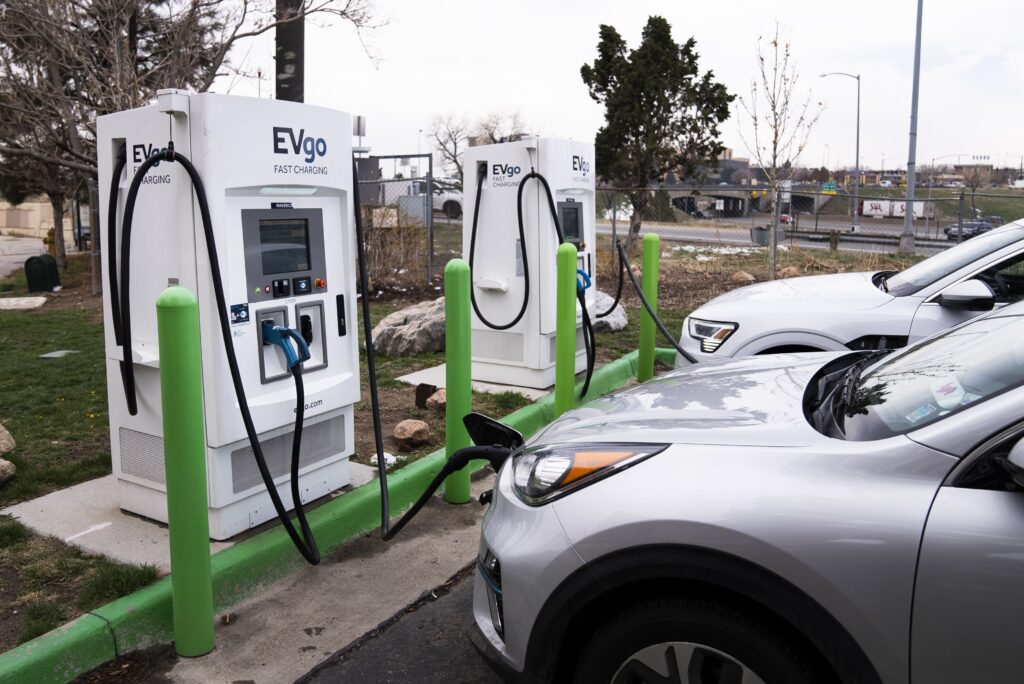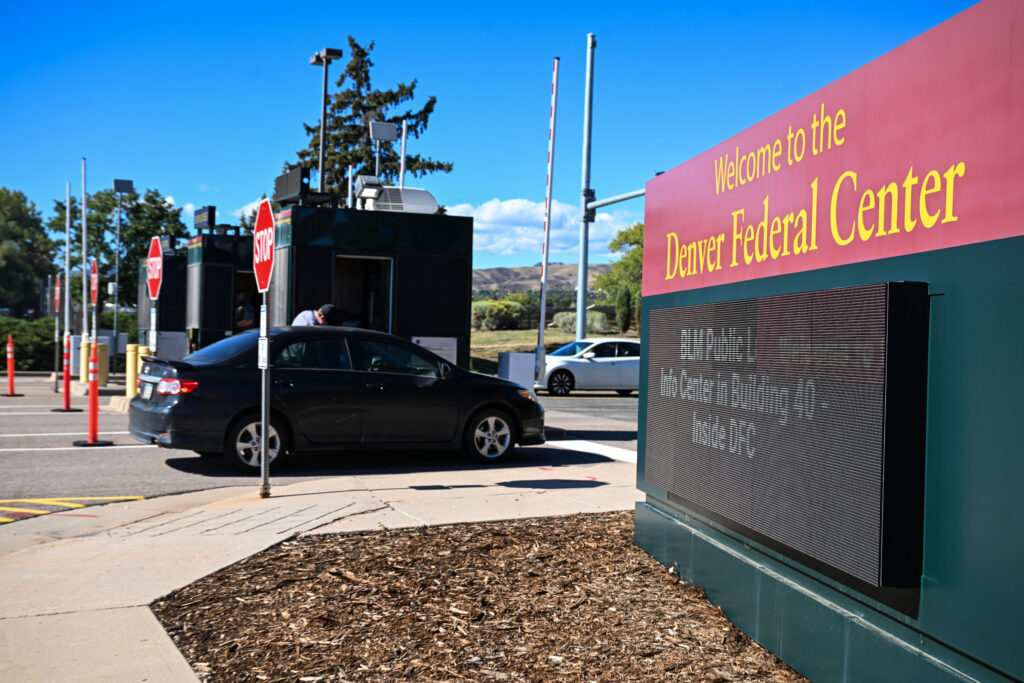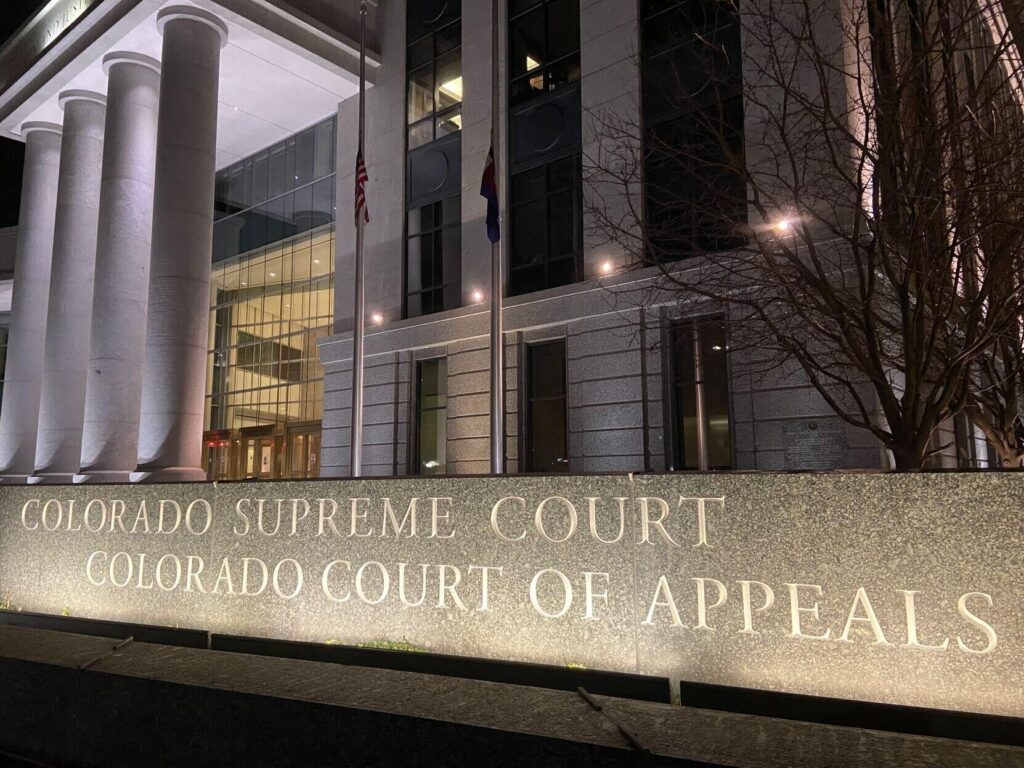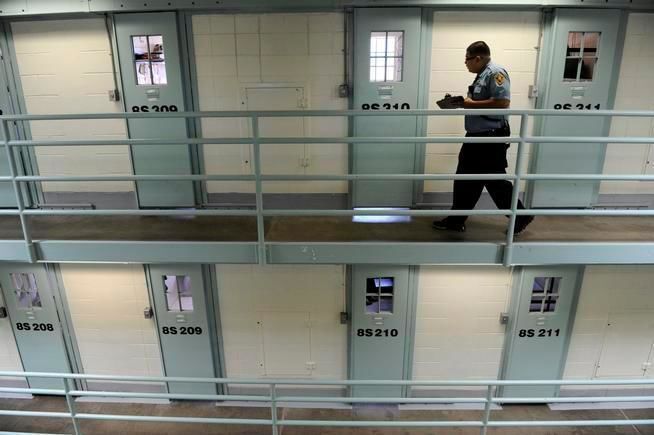More fire stations needed in NE Denver, audit finds
A lack of fire stations in the Northeast Denver fire district that caused slow response times, a staffing shortage and a growing population that led to an increase in calls for service for the Denver Fire Department were issues cited in a city audit report.
Fire officials were aware of the slow response time issue and hope to see construction of a new station in that area in the coming year, along with getting a second station included in the City and County of Denver’s 2017 general obligation bond issue program, the independent audit committee was told Thursday, Nov. 17.
Denver Auditor Timothy O’Brien’s staff presented an audit of the department’s resource allocation practices and found the department “needs to strengthen its decision-making processes to ensure that resource allocation keeps pace with the city’s changing dynamics.”
Fire Chief Eric Tade told the committee the department has land for a new station in District 5, which includes Northfield, Montbello, Green Valley Ranch and Pena Boulevard out to Denver International Airport. However, the department has not had funds to build a station.
“In the northeast corridor, our response times are strictly a geographic challenge,” Tate added. “The closest stations are outside a four-minute travel time, so if we get a call there, we’re automatically outside the standard response time.”
Senior Auditor Sam Gallaher noted National Fire Protection Association standard response times for emergency calls are 5 minutes and 27 seconds and should be accomplished 90 percent of the time. But District 5 response times only reached the 72 to 75 percent level.
Deputy Fire Chief Todd Bower noted the department’s response times are also affected by the number of people and vehicles on the roads, along with construction projects that can require temporary detours.
Tate said the department is working with city’s economic development and finance departments and felt there is a good chance a new station in District 5 could be under construction next year.
“And we’re hoping we can get a second station in the city’s 2017 general obligation bond issue program” just getting underway, Tate said.
Tate said the average cost of a new fire station varies by location, with a station now being built to serve DIA expected to cost $10 million. That station will include administrative offices for district and training personnel, plus storage for equipment specifically needed at an airport, he added.
While Tate said a general estimate for a new fire station is $8 million, the most recently built station by Lowry and Windsor Gardens cost only $5 million.
Budget up, so are service requirements
The audit report stated the department’s budget has increased 40 percent between 2010 and 2016, from $105 million in expenditures to nearly $148 million. That amount funds 37 fire stations in Denver, along with four intergovernmental agreements to provide fire and emergency services in Glendale, Sheridan, Englewood and the Skyline Fire Protection District in unincorporated Arapahoe County. More than 1,000 people staff the department.
Denver’s status as one of the nation’s most rapidly growing cities led to a 34 percent increase in calls for service since 2006, the report noted, and the department has been unable to meet its fire safety inspection goals mandated by the Denver Building and Fire Code.
Gallaher said the number of fire safety inspections conducted by the department had increased from 181 in 2006 to 405 in 2016. But the department has seen staff vacancies increase since 2013 and now have about 30 unfilled positions. That has led to a more than doubling of overtime pay, from $3.4 million in 2013 to $7.6 million this year, Gallaher added.
“We feel the department should assess its hiring practices and strategies to narrow that gap in staffing,” he said.
O’Brien noted in a news release that, in reaction to the slow response times in District 5, the department will release a three-year assessment and standard of coverage plan that meets accreditation requirements for the Commission on Fire Accreditation International at the Center for Public Safety Excellence.
“We’re pleased that DFD recognizes the importance of following national and local standards for providing emergency services,” O’Brien said in the release. “In the course of the audit, DFD expressed its commitment to following the guidance of the National Fire Protection Association, the Insurance Services Office, and similar organizations. DFD’s commitment to preparedness and prevention compels it to measure response and turnout times, and use these metrics to allocate resources.”


